Federal Premium introduced the 30 Super Carry (30 SC) in 2022. That makes it the new kid on the block. So far, shooters haven’t widely embraced it. Whether it becomes successful will largely depend on whether law enforcement agencies decide to adopt it.
What does the 30 SC have to offer that makes it stick out – and deserving of a place in Americans’ handguns? Appreciating that requires comparison between the 9mm and the 380 ACP. Those are the two established pistol rounds which the 30 SC was designed to outperform. It just doesn’t outperform them in the same way.
30 Super Carry: Higher Magazine Capacity Than 9mm
The 30 Super Carry’s bullet is 0.312” in diameter. The 9mm and the 380 ACP are both loaded with 0.355” a diameter bullet. That makes the 30 SC cartridge significantly slimmer. In effect, a magazine which is long enough to store 10 rounds of 9mm would also be long enough to store 12 rounds of 30 SC. If you’re squaring off against a violent threat, having the option to fire 20% more rounds could easily spell the difference between life and death.
30 Super Carry Hits Harder Than 380 ACP, and Roughly Equal to 9mm
| Federal HST Ballistics | 30 Super Carry | 380 ACP | 9mm | 9mm | |||
|---|---|---|---|---|---|---|---|
| Bullet Weight | 100 Grain | 99 Grain | 124 Grain | 147 Grain | |||
| Muzzle Velocity (fps) | 1250 | 935 | 1150 | 1000 | |||
| Velocity @ 25 Yards | 1185 | 903 | 1095 | 976 | |||
| Velocity @ 50 Yards | 1129 | 875 | 1049 | 953 | |||
| Velocity @ 75 Yards | 1081 | 849 | 1010 | 933 | |||
| Velocity @ 100 Yards | 1041 | 824 | 977 | 914 | |||
| Muzzle Energy (ft-lbs) | 347 | 192 | 364 | 326 | |||
| Energy @ 25 Yards | 312 | 179 | 330 | 311 | |||
| Energy @ 50 Yards | 283 | 168 | 303 | 297 | |||
| Energy @ 75 Yards | 260 | 158 | 281 | 284 | |||
| Energy @ 100 Yards | 241 | 149 | 263 | 273 | |||
| Elevation @ 25 Yards | 0 | 0 | 0 | 0 | |||
| Elevation @ 50 Yards | -.6 | -1.8 | -.9 | -1.4 | |||
| Elevation @ 75 Yards | -3 | -6.4 | -3.8 | -5.2 | |||
| Elevation @ 100 Yards | -7.2 | -14 | -8.8 | -11.5 |
It’s easy to appreciate just how much more powerful 30 Super Carry ammo is over 380 ACP. Despite having fundamentally identical bullet weights, the 30 Super Carry’s muzzle velocity is 33% faster. Its bullet therefore strikes a 25-yard target with approximately 81% more kinetic energy.
The narrower 30 Super Carry does not represent a downgrade from 9mm in terms of raw power, either. Their bullets may weigh more, but standard pressure 9mm cartridges also have slower muzzle velocities. This balances things out, so the 124 grain 9mm load strikes a 25-yard target with only 5% more kinetic energy than the 30 SC. At the same range the 147 grain 9mm load and the 30 SC strike with practically equal energy.
We should also note the 30 Super Carry has a flatter trajectory than either the 380 ACP or the 9mm. The difference is not enormous, and it does not necessarily mean that the 30 SC is more accurate per se. Many shooters find that a flatter trajectory makes aiming easier, however, and especially when they are less experienced at firing the ammo in question.
30 Super Carry for Self Defense
30 Super Carry Penetrates Deeper Than 380 ACP, and Roughly Equal to 9mm
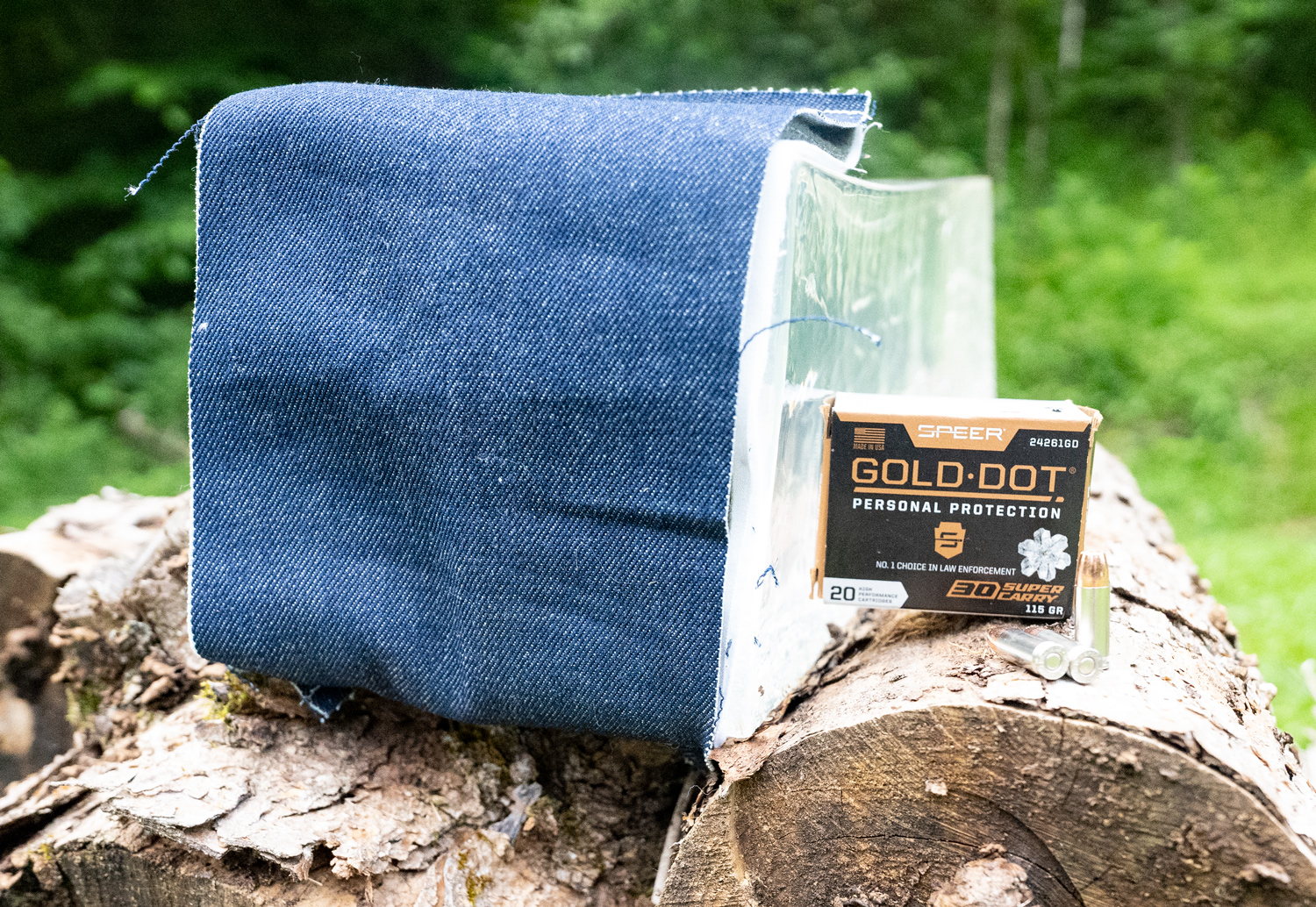
Energy on impact is just one of many factors which determine how effectively a cartridge can neutralize a threat. Penetration depth and terminal expansion are also important.
| Federal HST | 30 Super Carry | 380 ACP | 9mm |
|---|---|---|---|
| Bullet Weight (gr) | 100 | 99 | 124 |
| Penetration Depth (in) | 15.5 | 10.0 | 14.5 |
| Expansion Diameter (in) | 0.53 | 0.59 | 0.57 |
The data above were taken via the FBI test protocol, where bullets travel 10 feet before striking a block of ballistic gel shielded by four layers of clothing. According to the FBI test protocol, penetration depth between 12″ and 18″ is optimal for self-defense. The 30 SC and 9mm both satisfy this criterion. The 380 ACP fails it, but the weaker round is widely understood to offer poorer stopping power in exchange for its smaller size and gentler recoil.
All three cartridges’ bullets achieve similar diameter expansion – but don’t let that fact obscure the 30 SC’s more efficient expansion. Recall that the 30 SC bullet is 0.312” in diameter as opposed to 0.355”. That means the 30 SC bullet increases in diameter by about 70%. The 9mm and 380 ACP bullets increase in diameter by about 66% and 61%, respectively.
Independent Testing
We wanted to see how 30 Super Carry would perform for self-defense with our own independent testing. We followed the F.B.I. protocol using Clear Ballistics synthetic gelatin along with Speer Gold Dot ammo.
In our tests, we found Gold Dot performed consistently with what Federal advertises from its HST line-up of ammo. In our set of five shots, three of our Gold Dot rounds did travel through the 16″ block of gelatin. However, the rounds that stayed within the gel hit about 15″ of penetration with a expansion of about half an inch, almost precisely what has been advertised.
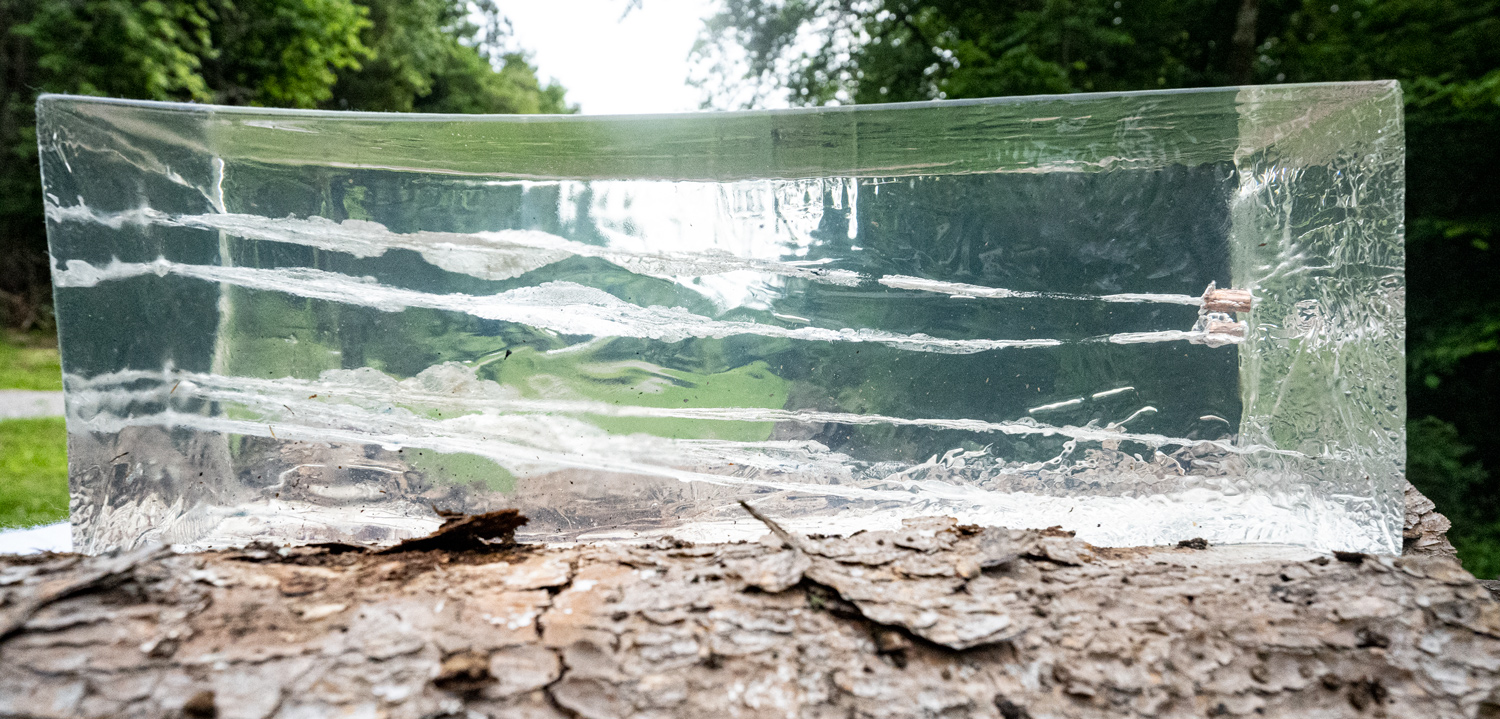
Other Self-Defense Variables to Consider
The 30 Super Carry’s muzzle flash, report and recoil are all approximately the same as the 9mm’s as well. The 380 ACP produces less recoil, even when fired from the lighter handguns which are chambered for it, as is typically one of the advantages to selecting a smaller round for personal protection.
Should You Get a 30 Super Carry Handgun?
Availability
For all its theoretical advantages, the 30 SC is still a niche cartridge. Few ammo manufacturers produce it at the time of writing. Those in the game include Federal, Speer, CCI and Remington (all of which are owned by Vista Outdoors). Securing a steady supply of 30 Super Carry range ammunition may prove challenging, so you may have less opportunity to train with a cartridge you could one day stake your life on.
Only Smith & Wesson and Nighthawk Custom currently manufacture handguns chambered for 30 SC. They are not difficult to purchase by any measure, although you will naturally have a limited selection of pistols to choose from. Buying aftermarket parts for a 30 SC pistol will also prove tricky until the cartridge is more popular.
Future Adoption?
And for all its blessings, we cannot predict whether the 30 SC will catch on. Its newcomer status is not necessarily a death sentence. The 40 S&W hit the market in 1990 – very recently, considering that the 9mm, 380 ACP and 45 ACP are all over 100 years old – and it quickly became a success. But other recently introduced cartridges like the 45 GAP and 357 SIG, although capably designed, both failed to win over sizeable market shares. These rounds’ failures to launch means they are now difficult to source, and they are likely to fade out of commercial production someday as the result.
If you like the idea of a round with comparable performance to the 9mm but with added magazine capacity, then you may decide to give the 30 Super Carry for self-defense or concealed carry a shot. But if you’re hesitant to invest in a handgun that is chambered for hard to find ammo – and which may in fact become obsolete in your lifetime – then you should pass on the 30 SC in favor of ammo that has already proven itself and which isn’t going away anytime soon.


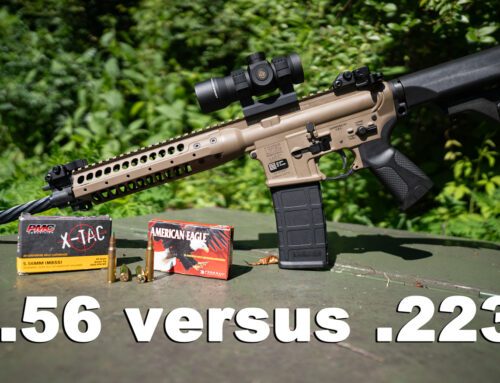
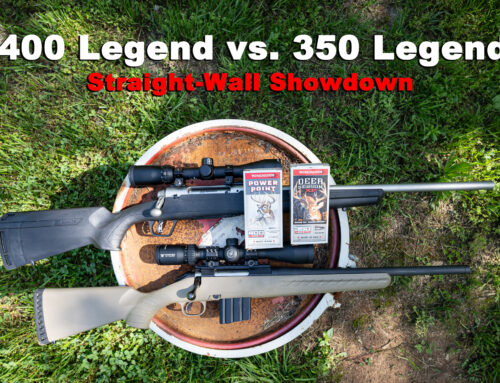
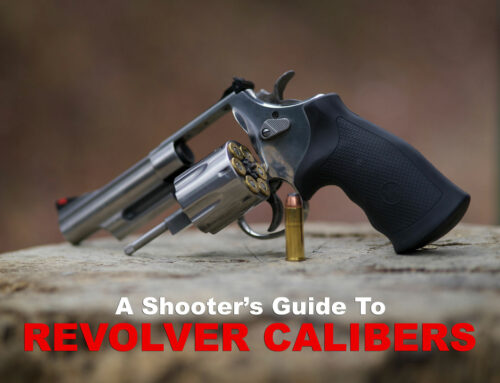
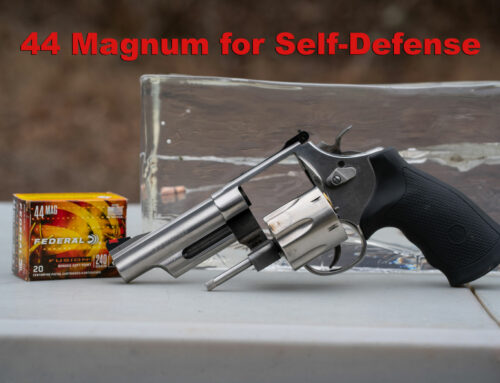
In my real life self defense shooting I only fired one round of 9mm. Thank God I didn’t miss or I would probably be dead today. Larger capacity is not really necessary but if grip sizes are more narrow that would improve accuracy with grips that fit more people’s hands.